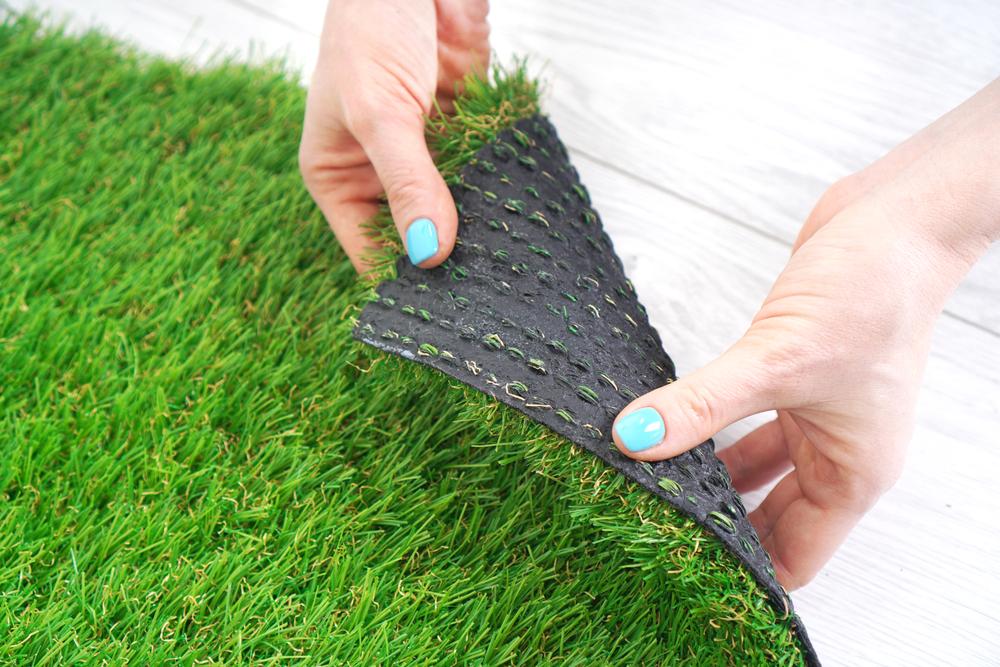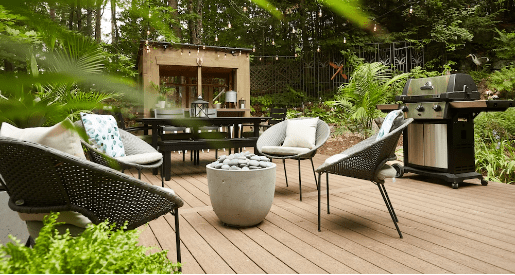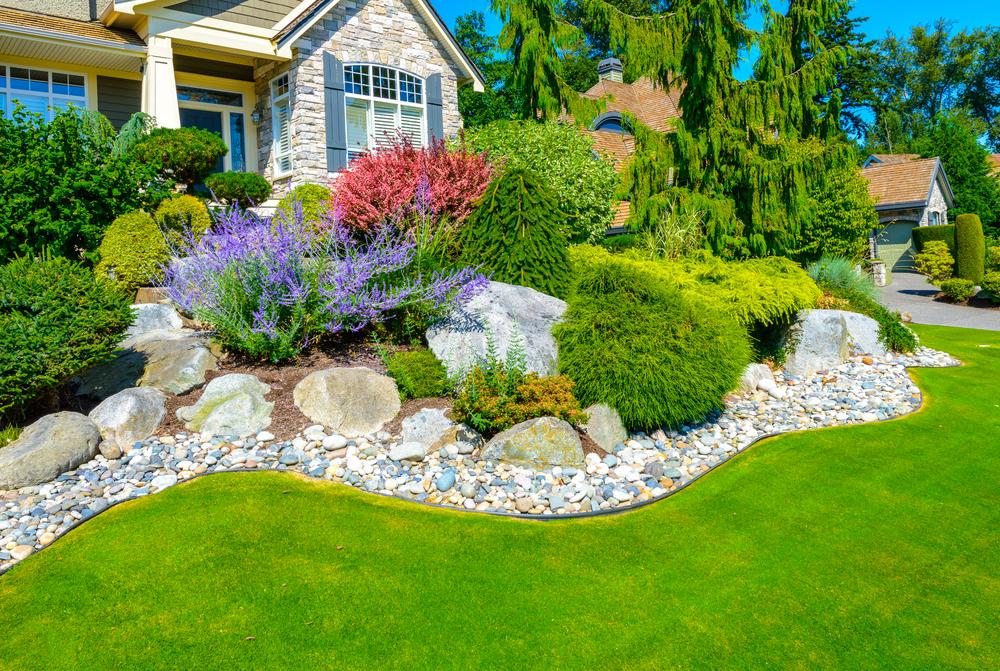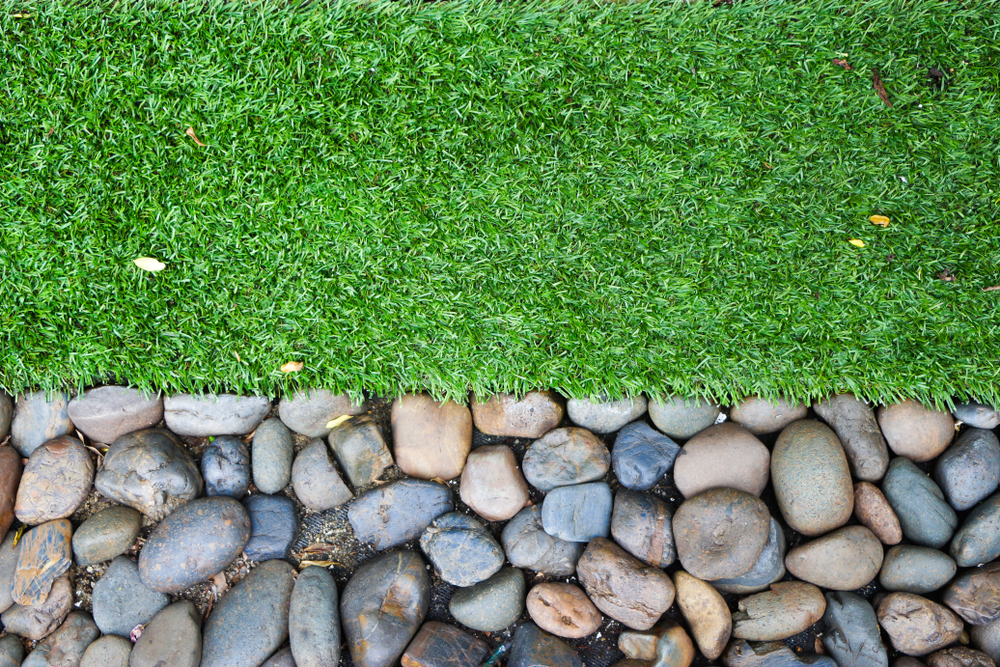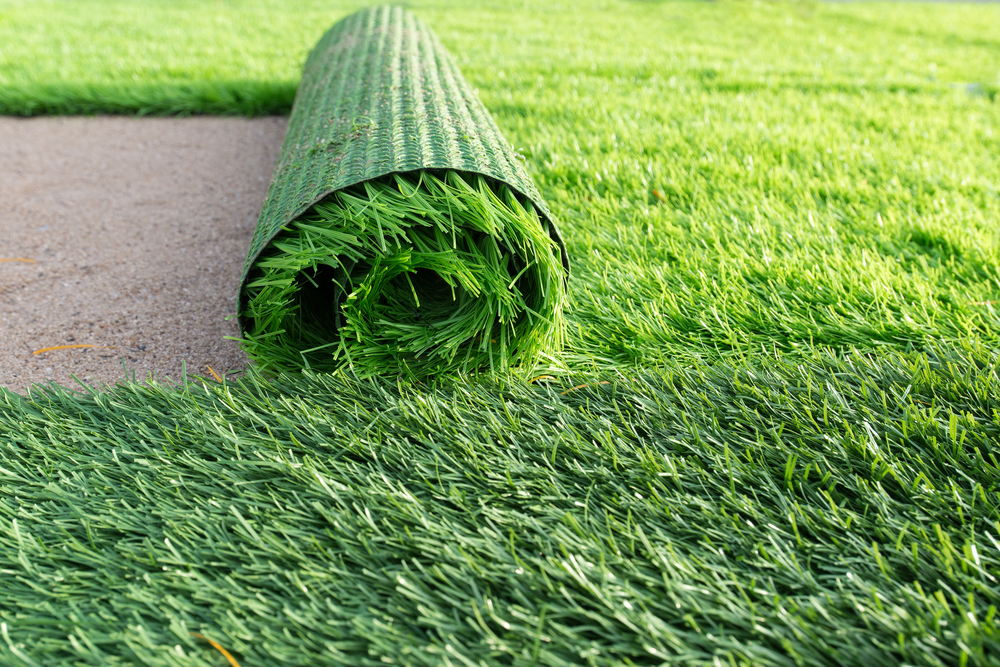Why Do People Choose Artificial Grass?
One of the main reasons why people opt for artificial grass is because of its low maintenance requirements. The grass can do without watering, mowing, or fertilizing, and thus can save homeowners from the hassle that comes with maintaining natural grass.
Another reason is that you can install this grass anywhere. Whether you are constructing a backyard play area for your children or putting green for your golf hobby, this grass can meet your needs. It can even be installed indoors for sports facilities or to create a unique indoor/outdoor space.
Installing this turf in Las Vegas can also improve the look and value of a property. It always looks lush and green, without any brown spots or patches. This can be especially beneficial for homeowners or business owners who want a perfectly manicured lawn year-round. Additionally, it can be a selling point for those who are looking to sell their property as it can increase its curb appeal.
Overall, artificial grass is an important tool for homeowners, businesses, and municipalities looking to reduce their water usage, lower maintenance costs, and create a beautiful, sustainable landscape.
How to Successfully Install Las Vegas Artificial Grass
Begin by taking measurements to establish the quantity and the cost of the grass you need. Be sure to take accurate measurements to avoid any discrepancies. Once you have measured the area, you need to prepare the site by removing any existing grass or debris. You should also ensure that the place is well-drained to prevent water accumulation. A layer of rocks or gravel can be added to improve drainage.
After that, you will have to create a stable foundation for your Las Vegas turf. This can be achieved by adding suitable base materials such as landscaping rocks from Las Vegas. The base should be compacted and leveled to ensure an even surface. The Las Vegas artificial grass should then be rolled out on the prepared base, with the grain of the grass facing the same direction. It should be cut to size and shape, leaving a small amount of extra material around the edges to be trimmed later.
Once the grass is in place, the edges should be secured using landscape staples or adhesive. This will prevent the edges from lifting or shifting over time. Infill material, usually made from sand or rubber granules, should also be spread evenly over the grass. Finally, to ensure your Las Vegas turf looks its best, it should be brushed with a stiff broom or power brush. This will help to distribute the infill material evenly and keep the blades upright.
Do’s and Don’t’s for Newly Installed Grass
To begin with, ensure that you maintain your new artificial lawn properly. This means regularly sweeping and removing any debris that may accumulate on it, as well as hosing it down occasionally to keep it clean. You should also consider brushing the grass every once in a while to keep the fibers standing upright, which can help it look fuller and more natural.
Another important “do” is the proper installation of artificial grass in the first place. This means preparing the ground beforehand and laying down a suitable base layer of crushed stone or sand. Once you have done this, ensure that the grass is laid out flat and evenly, with no wrinkles or bumps that could cause tripping or injury.
On the other hand, there are several important “don’ts” that you should be aware of keep your lawn in excellent condition for years to come. First and foremost, it is crucial to allow your grass time to settle and flatten out before walking on it. This can take anywhere from a few days to a few weeks.
Secondly, it’s important to avoid using sharp tools or objects on your new grass, as this can cause the fibers to fray or tear. Similarly, leaving heavy objects on the grass for prolonged periods can cause the fibers to flatten and lose their shape over time. Additionally, harsh chemicals or cleaning products can damage the fibers and cause discoloration. For this reason, it is in your best interests to avoid using them on your new artificial grass. Promptly removing any pet waste from the grass can prevent odors and potential fiber damage.
Finally, parking heavy vehicles on your newly installed grass can cause permanent damage to both the fibers and the base underneath. By keeping these common mistakes in mind and avoiding them, you can help ensure that your new grass looks great and lasts for many years.
How to Clean Your Las Vegas Turf
Start by removing any debris on the surface of the grass, such as leaves, twigs, or rocks. This can be done by the use of a broom or a vacuum cleaner. Next, rinse the artificial grass with water to remove any dirt or dust that has accumulated on the surface. After that, use a mop to gently scrub the grass to avoid damaging the fibers, and rinse thoroughly with water once you are done. Finally, avoid walking on the grass while it’s wet, as this can cause damage and leave footprints.
When Should You Consider Removing Your Grass?
Like any other landscaping feature, there may come a time when it’s time to consider removing your artificial grass.
One of the most common reasons to remove it is aging. After years of use, artificial grass can lose its color, flatten out, and even develop holes or tears. In such cases, the best solution is often to replace it with a new, more durable artificial turf or switch back to natural grass.
Another reason to consider removing your grass is if it was not installed correctly or if the underlying ground was not properly prepared. Poor installation can lead to problems such as uneven surfaces, poor drainage, or even damage to the underlying soil. In such cases, it’s important to address the underlying issues and reinstall the grass properly.
If you’re experiencing problems with weeds or pests invading your grass, it may be time to remove it. While artificial grass is generally resistant to pests and weeds, it’s not immune to them. If you have a persistent problem with these issues, it may be best to remove the artificial turf and address the underlying problem before installing a new one.

